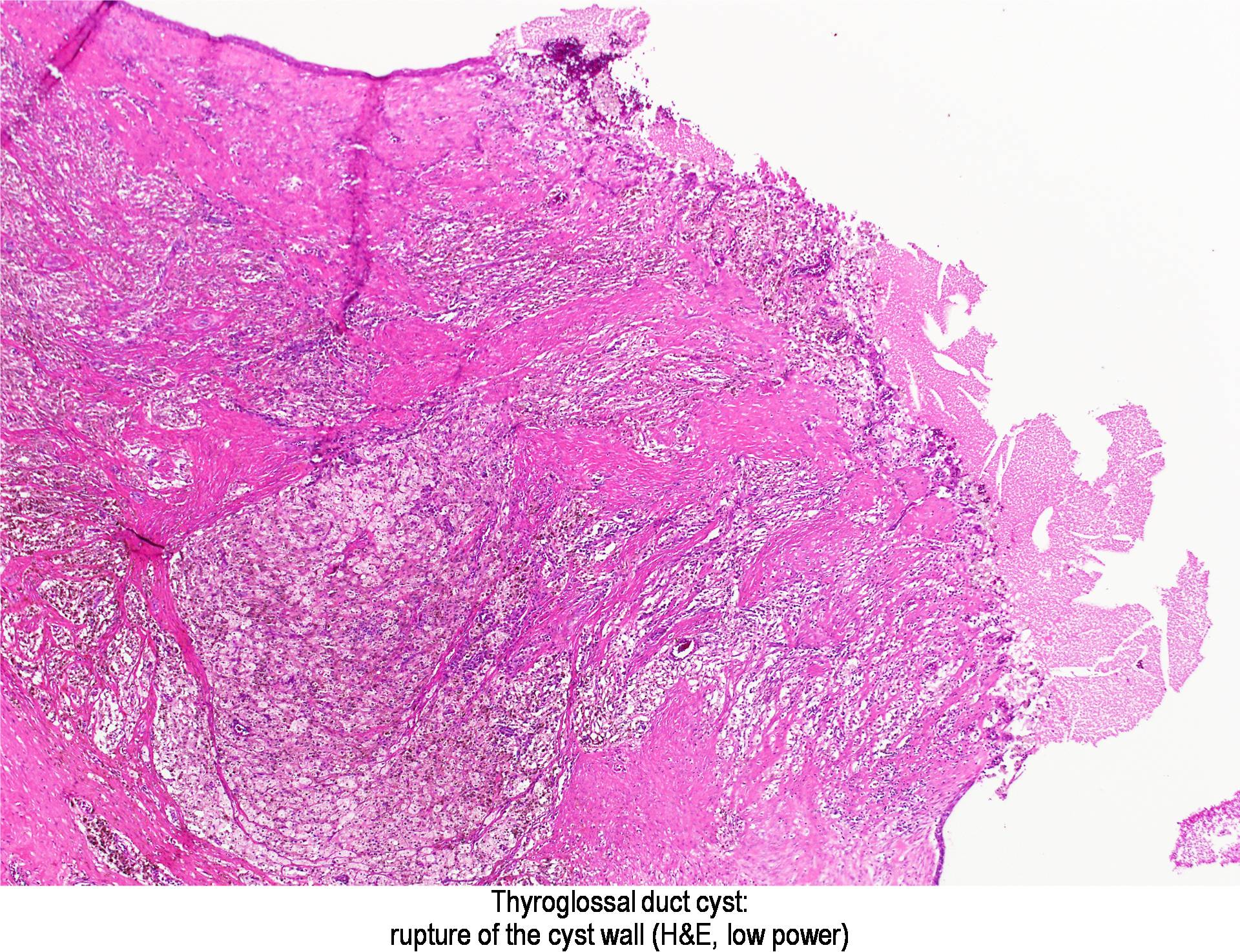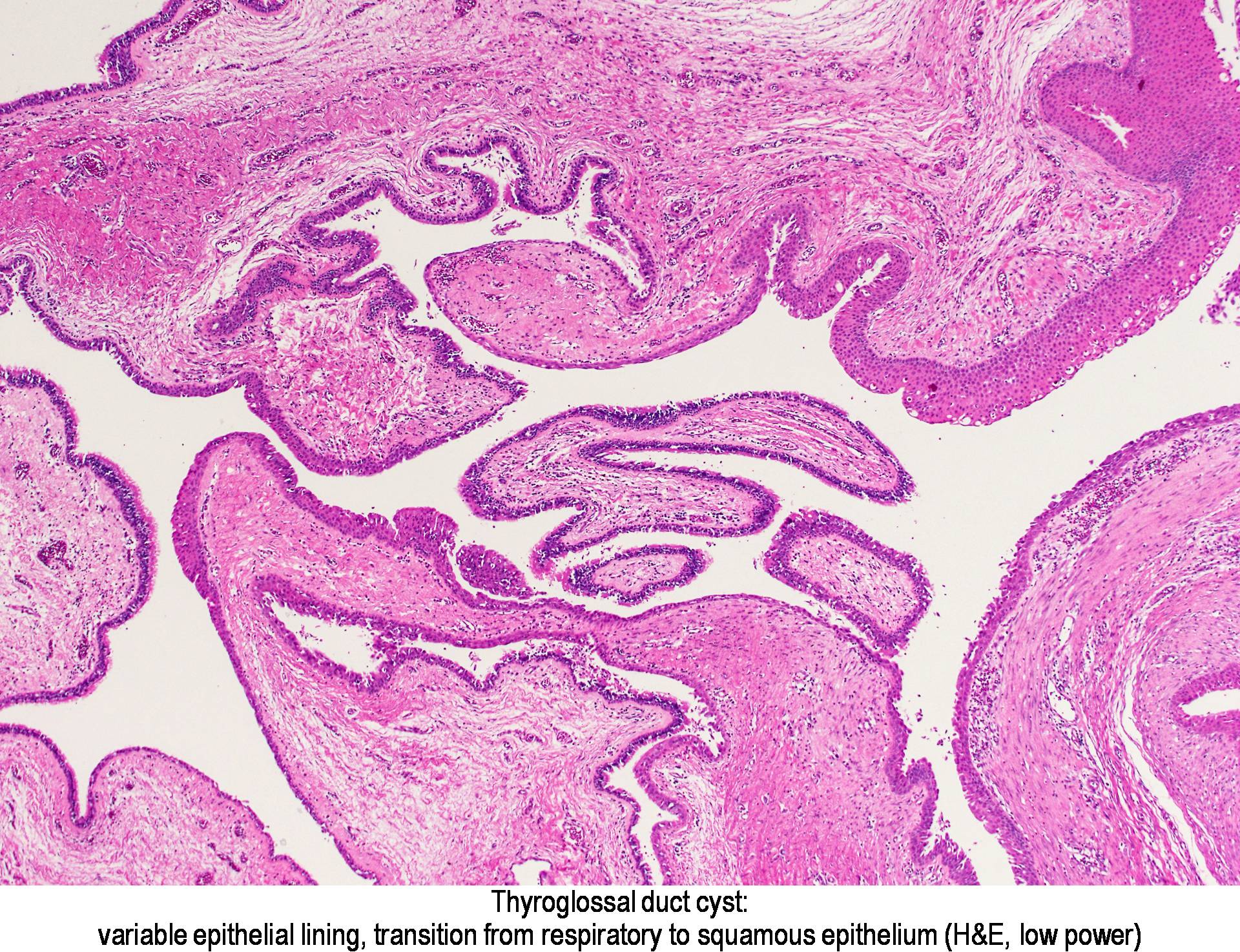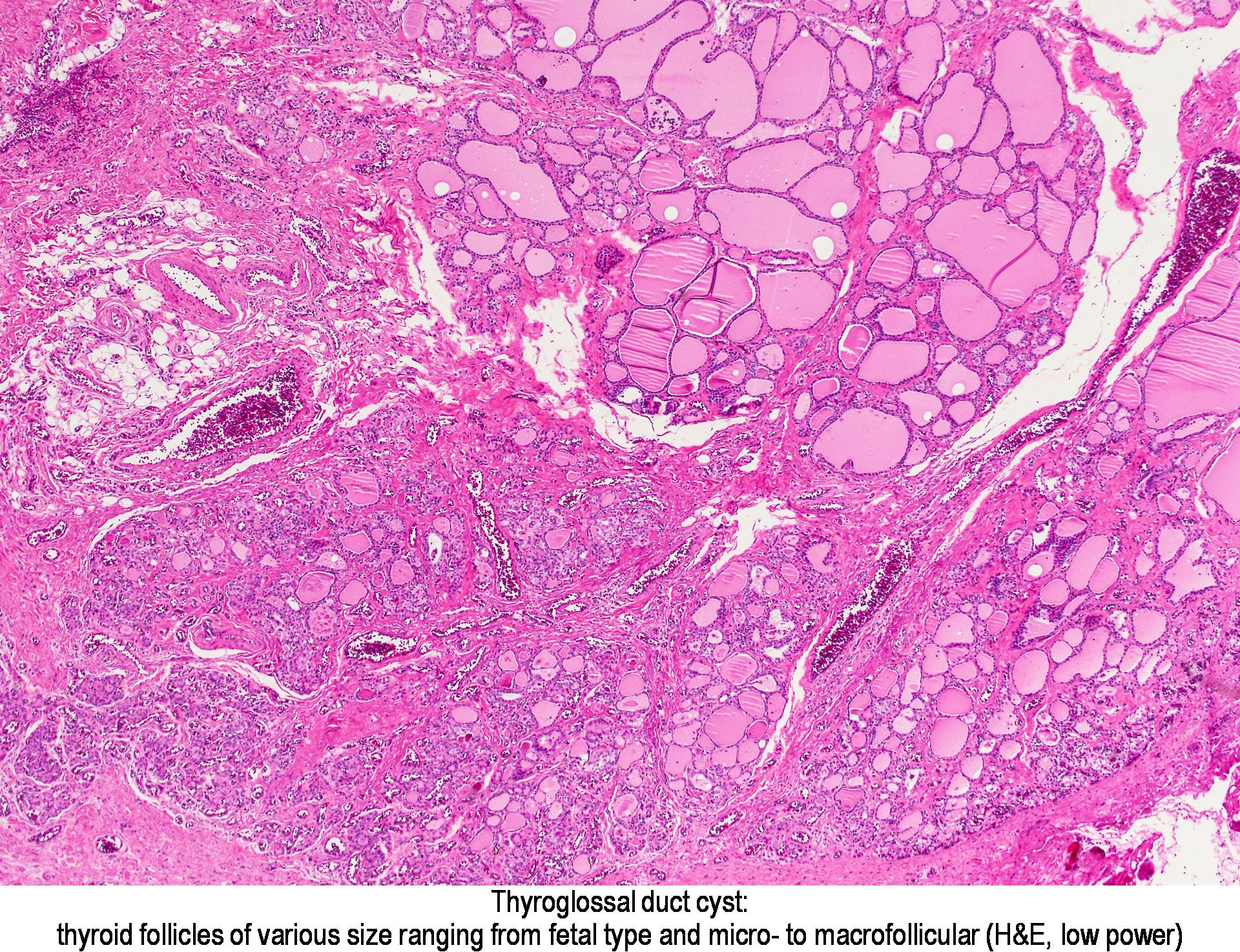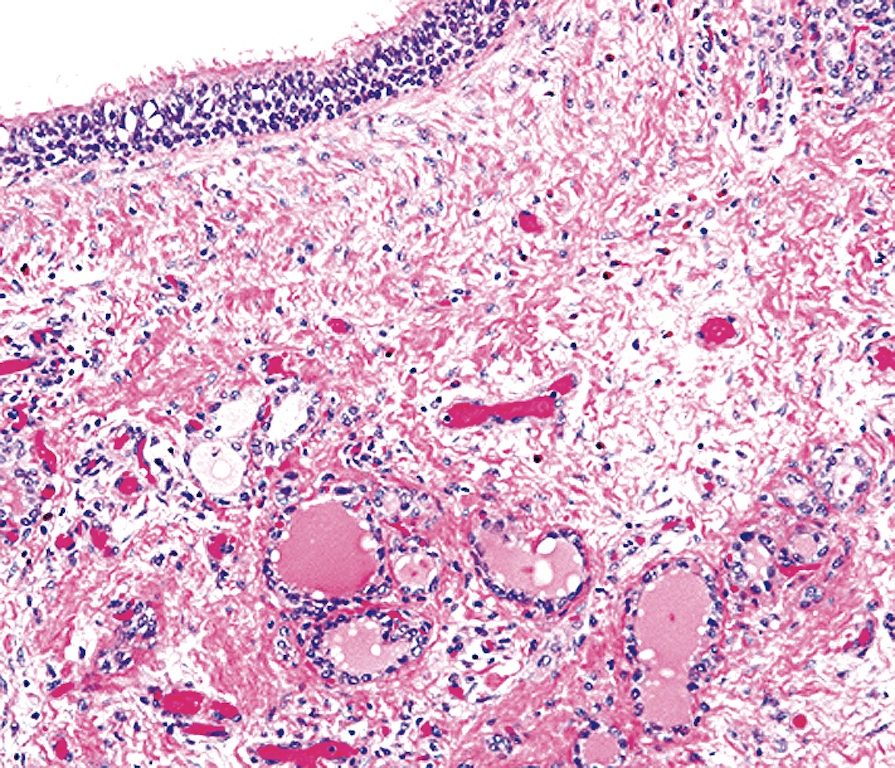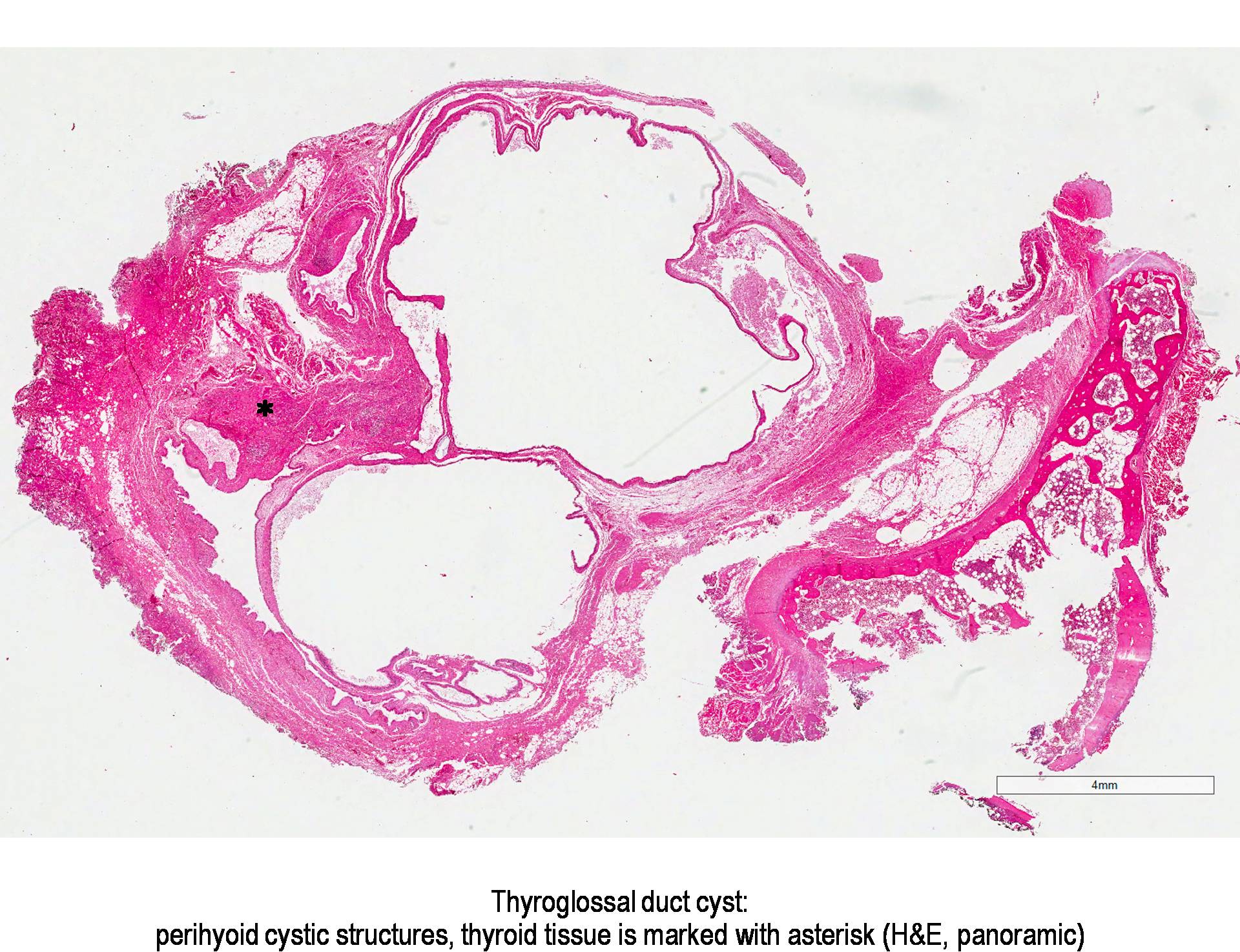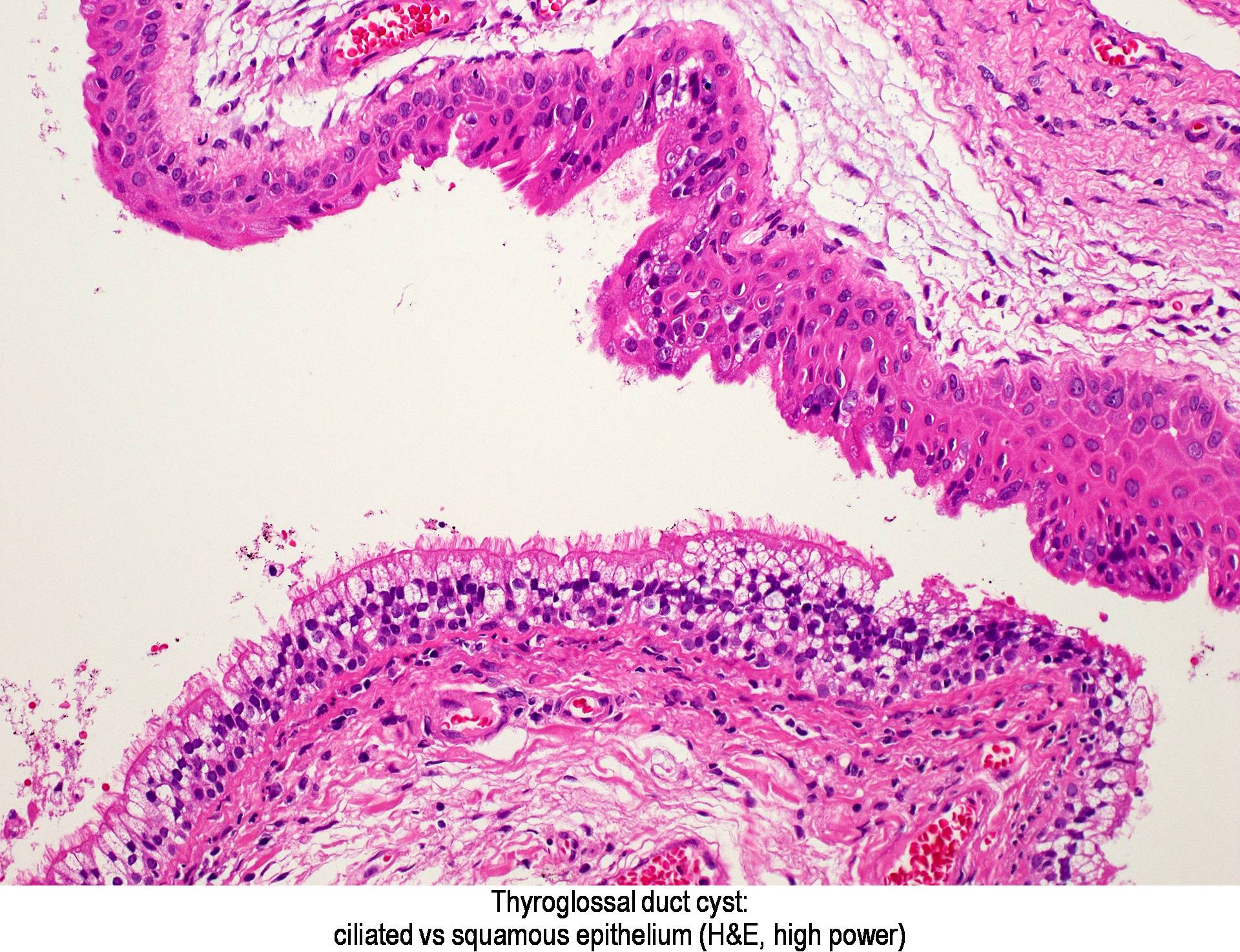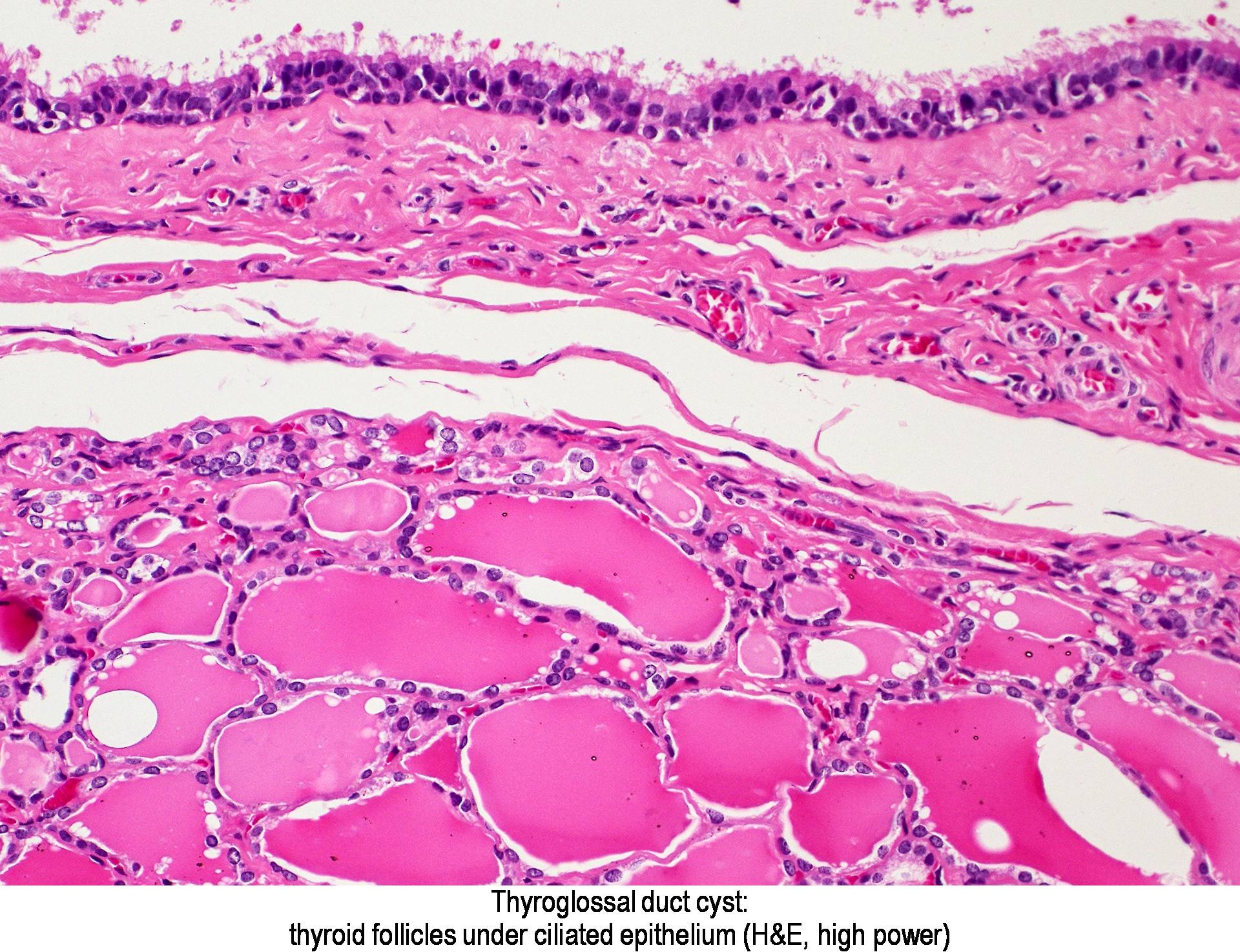Thyroglossal duct cyst abbreviated TGDC is a benign pathology of the head and neck. 3 Once youve clicked Add you will be directed to a new page with a section for title description and two sections for upload your content or to enter a web address-link.
Thyroglossal Duct Cyst Pathology Outlines - If you're searching for video and picture information related to the keyword you have come to pay a visit to the right site. Our website provides you with suggestions for viewing the maximum quality video and image content, hunt and locate more enlightening video content and graphics that fit your interests. includes one of tens of thousands of video collections from various sources, particularly Youtube, so we recommend this video for you to see. It is also possible to contribute to supporting this website by sharing videos and images that you enjoy on this site on your social media accounts like Facebook and Instagram or tell your closest friends share your experiences about the ease of access to downloads and the information that you get on this website. This blog is for them to stop by this site.
Pathology Outlines Thyroglossal Duct Cyst
In total 733 of cases were found on final pathologic analysis.
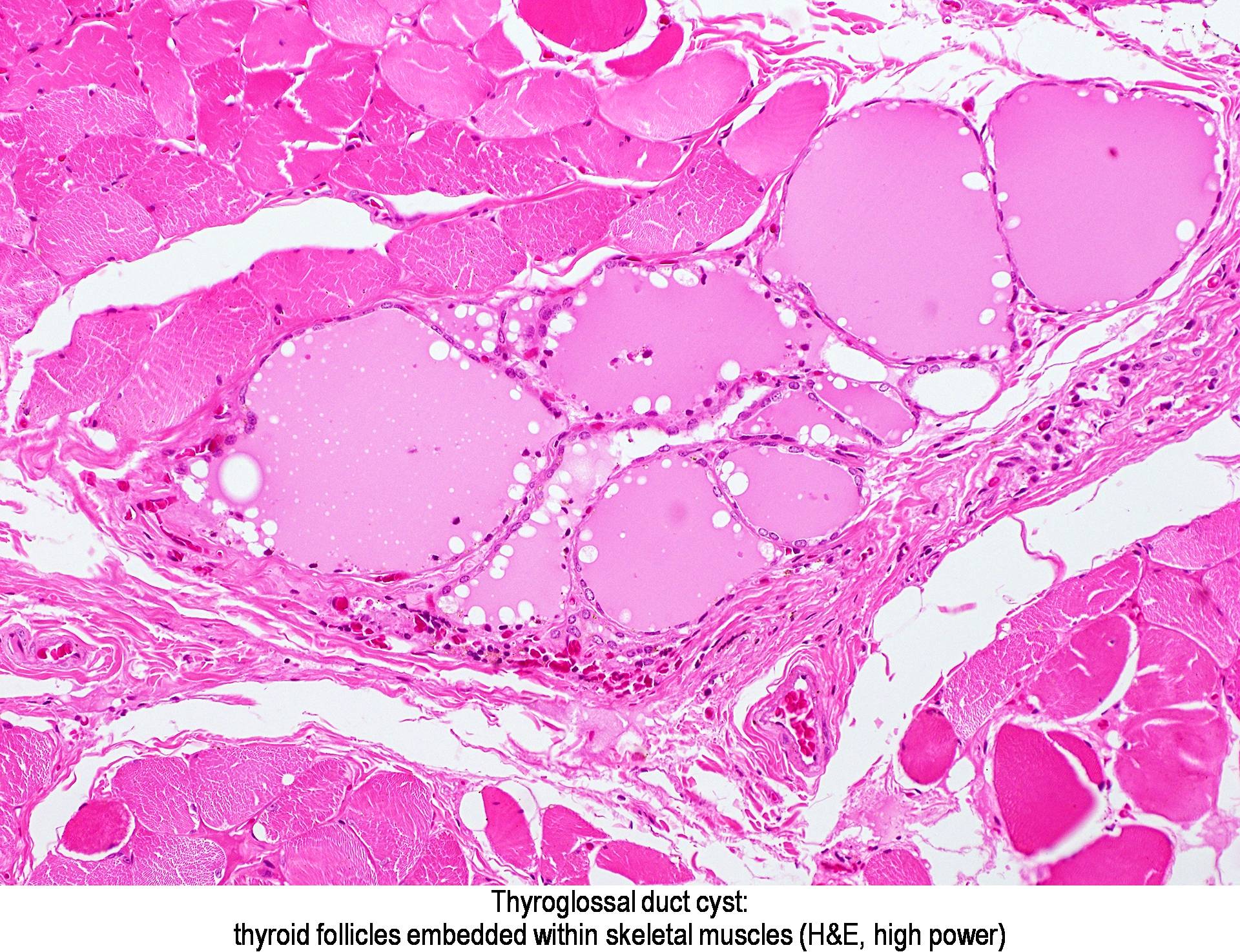
Thyroglossal duct cyst pathology outlines. Carcinoma found in 1 of TGD cysts up to 5 - 7 in large referral centers however the risk of this developing over time is probably underestimated due to the routine removal of TGD cysts in childhood Semin Pediatr Surg 20061570 FM 21 mean age 40 years range 6 to 84 years Pediatric cases are uncommon 15 of all. Thyroglossal duct cysts are the most common anomaly in thyroid development. The most common pathology was papillary cancer 921.
Thyroglossal cysts can be defined as an irregular neck mass or a lump which develops from cells and tissues left over after the formation of the thyroid gland during developmental stages. The thyroglossal duct cyst is normally lined by respiratory epithelium but squamous metaplasia is quite common Figures 22-3 and 22-4. The thyroid begins to develop in the third week of gestation as a median outgrowth from the primitive pharynx.
4 Enter your text select the file. 1 Select click the subspecialty. Thyroglossal duct TGD is a developmental anomaly in which a remnant of the thyroid anlage is left in the neck during its descent from the foramen cecum of tongue to final pretracheal position.
Histologically TGDC contains an epithelial. A persistent duct can lead to thyroglossal duct cyst TGDC. TDC is the most common cyst in the neck estimated to occur in 7 of the adult population.
A thyroglossal duct cyst happens when your thyroid a large gland in your neck that produces hormones leaves behind extra cells while its forming during your. The thyrohyoid membrane does not insert on the inferior rim of the hyoid bone. A thyroglossal duct cyst is an embryologic remnant that forms due to the failure of closure of the thyroglossal duct extending from the foramen cecum in the tongue to the thyroids location in the neck.
Though it is more frequently encountered in children prevalence in adult population is 7. 158 It is also the most common congenital neck mass accounting for 70 of all congenital neck anomalies. A thyroglossal duct cyst sometimes just called a thyroglossal cyst is a congenital disorder where the thyroglossal duct which is a tiny canal connecting the thyroid gland with the tongue during fetal development grows in size and fills up with mucus which forms a cyst.
A thyroglossal cyst is a fibrous cyst that forms from a persistent thyroglossal duct. Rather it inserts on the pre. If the cyst has been infected the lining epithelium may be replaced by granulation tissue sometimes with granulomatous elements such as foamy histiocytes and multinucleated giant cells Figure 22-4.
Thyroglossal cysts are the most common cause of midline neck masses and are generally located caudal to the hyoid bone. The thyroid begins to develop in the third week of gestation as a median outgrowth from the primitive pharynx. Less commonly the cysts can develop from the first third or fourth clefts.
Recurrence and potential for malignancy are the two main clinical problems. A branchial cleft cyst is a congenital epithelial cyst that arises on the lateral part of the neck usually due to failure of obliteration of the second branchial cleft or failure of fusion of the second and third branchial arches in embryonic development. It manifests as anterior midline neck mass between hyoid bone and mandible.
Layfield in Diagnostic Surgical Pathology of the Head and Neck Second Edition 2009 Thyroglossal Duct Cyst. Fibrosis and chronic inflammation are common in the cyst wall. 2 Sections and sub-sections will display and you will click the area you wish to add content to.
Thyroglossal duct cysts TGDCs are the most common form of congenital cyst in the neck. Of the patients 989 underwent a Sistrunk procedure and 610 underwent total thyroidectomy. Thyroglossal duct cyst TDC is the most common developmental abnormality encountered in the neck.
These neck masses can occur anywhere along the path of the thyroglossal duct. A thyroglossal duct cyst is an embryologic remnant that forms due to the failure of closure of the thyroglossal duct extending from the foramen cecum in the tongue to the thyroids location in the neck. A 36yearold man presented with a midline swelling in the upper part of neck which was a cystic lesion with multiple septae in ultrasonogram indicating a thyroglossal duct cyst.
There was a 43 recurrence rate with a mean time to recurrence of 421 months from initial treatment. Thyroglossal duct cysts are the most common form of congenital midline neck mass. The most commonly found location is just inferior to the hyoid bone.
They are twice as frequent as branchial cleft abnormalities and in children are second only to enlarged cervical lymph nodes as the cause of neck mass. Carcinoma associated with thyroglossal duct cyst TDC is extremely rare and when it occurs it is invariably papillary carcinoma. They are cysts of epithelial remnants of the thyroglossal tract and present characteristically as a midline neck mass at the level of the thyrohyoid membrane closely associated with the hyoid bone.
Seventy-five percent of TDCs are located in the midline.
Pathology Outlines Thyroglossal Duct Cyst
Omphalomesenteric Duct Cyst Pathology Outlines
Pathology Outlines Thyroglossal Duct Cyst
Histology Of Resected Papillary Thyroglossal Duct Cyst Carcinoma Download Scientific Diagram
Pathology Outlines Thyroglossal Duct Cyst
Pathology Outlines Thyroglossal Duct Cyst
Pathology Outlines Thyroglossal Duct Cyst
Callus Clavus Pathology Outlines
Pathology Outlines Thyroglossal Duct Cyst

